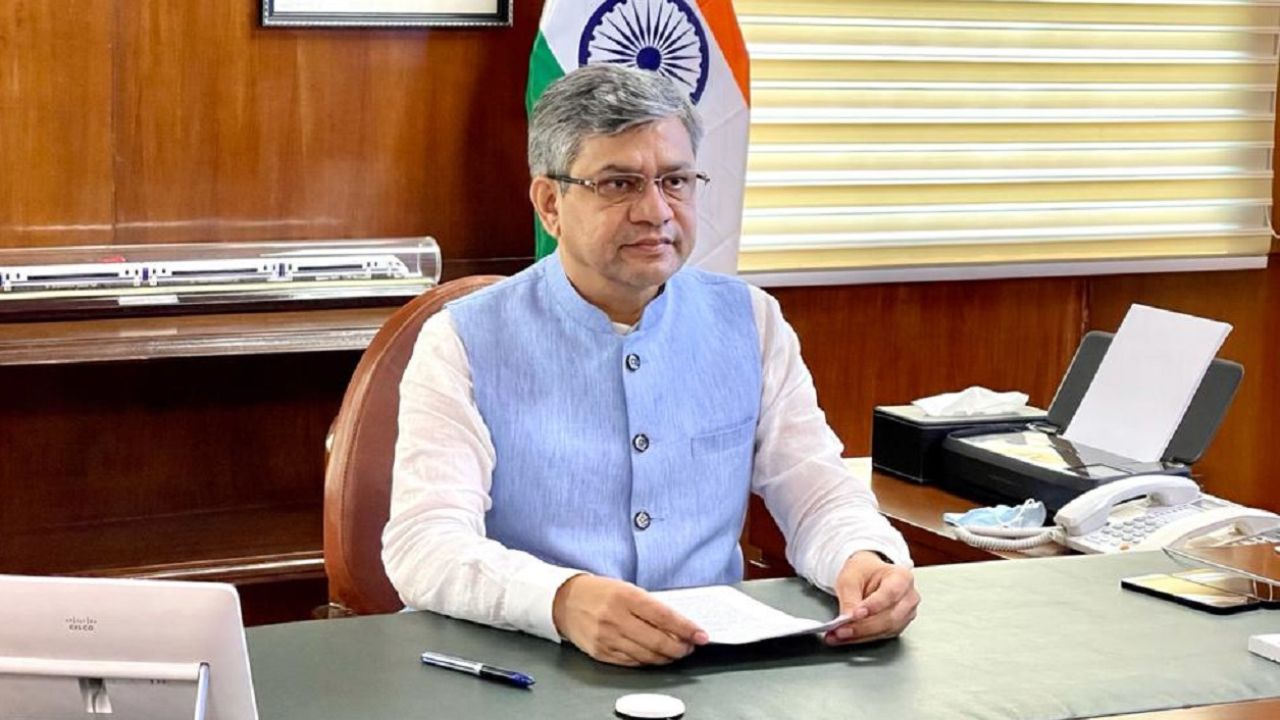The Ministry of Electronics and Information Technology (MeitY) has introduced the Electronics Components Manufacturing Scheme, aiming to bolster India's status as a global hub for electronics production. Ashwini Vaishnaw, Minister of Electronics and Information Technology, Government of India, emphasised the government's commitment to an inclusive and consultative approach in policy-making, ensuring diverse perspectives are considered before finalising laws and policies.
Rapid Growth in Electronics Exports
The electronics sector has witnessed remarkable growth, with smartphone exports exceeding ₹2 lakh crore in the last financial year. Notably, iPhone exports contributed approximately ₹1.5 lakh crore. Over the past decade, electronics production has increased fivefold, and exports have grown more than sixfold, with export and production compound annual growth rates (CAGR) surpassing 20 per cent and 17per cent, respectively.
Read more on electronics here!
Phases of Electronics Manufacturing Evolution
India's electronics manufacturing has progressed through distinct phases: starting with finished goods, advancing to sub-assemblies, and moving into deep component manufacturing. This third phase signifies a substantial leap in value addition and self-reliance. The scheme is structured as a horizontal initiative, offering benefits across multiple sectors, including consumer electronics, medical devices, automobiles, power electronics, and electrical grids. It emphasises passive electronic components, such as resistors, capacitors, connectors, inductors, speakers, relays, switches, oscillators, sensors, films, and lenses. Active components are addressed under the India Semiconductor Mission (ISM).
Support for Capital Equipment and Tooling Industry
Recognising the significance of precision tools and capital goods in manufacturing, the scheme also supports the design and production of capital equipment used in electronics manufacturing. This approach mirrors the Semiconductor Mission's strategy, which attracted companies like Applied Materials and Lam Research to invest in India.
Tailored Incentives Reflecting Sector Needs
Given that electronic component manufacturing typically requires higher investment and has a longer gestation period compared to finished goods, the scheme offers three incentive structures: turnover-linked incentive, capital expenditure-linked incentive, and a hybrid incentive model. Employment generation is a mandatory requirement for all applicants, highlighting the government's dedication to inclusive growth and the development of a robust electronics manufacturing ecosystem in India. The Electronics Components Manufacturing Scheme represents a significant step towards enhancing India's electronics manufacturing capabilities, fostering self-reliance, and creating employment opportunities across various sectors.




